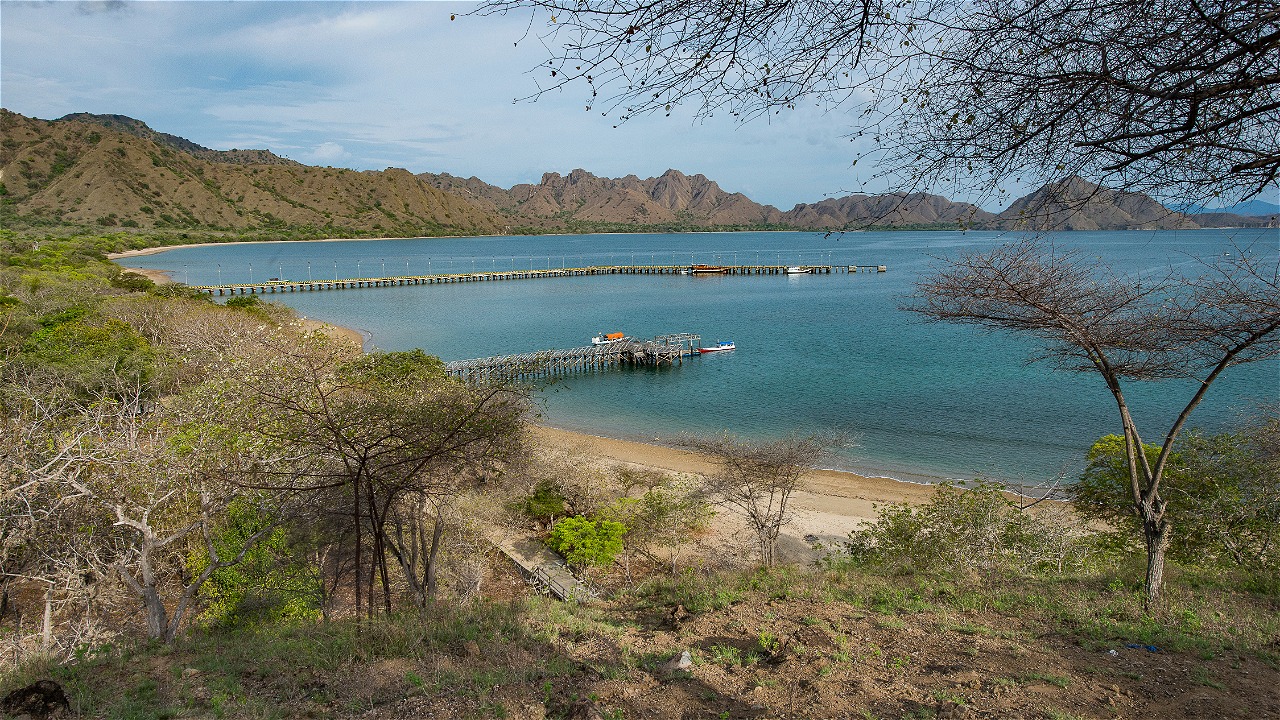KOMODO NATIONAL PARK IS HOME TO SHARK AND RAY RESEARCH FOR THE NEXT FIVE MONTHS!
By: Ranny R. Yuneni (Shark & Rays Bycatch Officer, WWF-Indonesia)
Sharks and rays are still important commodities utilized by many fishermen in various parts of Indonesia. According to a 2015 FAO report, Indonesia is the largest producer of shark and ray catches, which accounts for 13% of shark production in the world.
Conservation efforts are still ongoing to conserve shark and ray species - which are included in the IUCN Red List - so that both species groups do not experience extinction. One such conservation effort is to encourage Marine Protected Areas (MPAs) for shark protection, otherwise known as Marine Protected Areas (MPAs) for Sharks.
The MPA seeks to implement controls on shark fishing, especially small sharks and pregnant sharks. Alternative utilization can be non-extractive, such as through marine tourism (snorkling and diving).
In Indonesia, blacktip reef shark (Carcharhinus melanopterus) and whitetip reef shark (Triaenodon obesus) are the most common types of reef sharks found during dives. However, it is also possible for divers to encounter other types of sharks such as ggrey reef shark, hammerhead shark, bbamboo shark, leopard shark, thresher shark, nurse shark, and so on.
In addition to marine tourism schemes, the availability of information on species occurrence; species abundance and biomass; sex ratios; and shark behavior, are important factors in data collection to support the sustainable management of shark species in an area.
Since 2015, WWF-Indonesia began conducting shark research in the waters around Mekko Hamlet in East Flores Regency and Wakatobi National Park (TN) in Southeast Sulawesi Province. Data collection of sharks and rays carried out using the time swim method at four depths involves parties from each of these areas.
On November 11-14, 2016, WWF-Indonesia, in collaboration with the Komodo National Park Office and the Marine and Fisheries Service (DKP) of West Manggarai Regency, held a training on shark and ray research at the Komodo National Park Office in Labuan Bajo.
During the training, participants were introduced to the types of sharks and rays, data collection methods, how to properly interact with marine animals, and the current condition of sharks and rays in West Manggarai. In addition, information on coral reef health monitoring - including identification of coral growth patterns and target reef fish species - was also one of the materials socialized in this activity.
After receiving theoretical training, the participants were directed to the field to practice the data collection method using sabak as a tool for recording underwater species. There are three kinds of data taken, namely shark and ray data, benthic data, and site characteristic data.
Participants are divided into small teams of three and one dive master. This number is considered ideal for diver safety and consideration of effects on underwater habitats. Practical underwater data collection activities also involved dive operators, who interact more intensively with marine animals while in operation.
As marine tourism players, the involvement of these dive operators is considered important in supporting the sustainable management of sharks and rays in Komodo National Park waters. Because in maintaining a conservation area optimally, it requires not only commitment but also good cooperation between various parties.
With this activity, it is hoped that the parties involved can conduct shark and ray research in Komodo National Park for the next five months to collect the latest information to support the CTF for shark protection.





